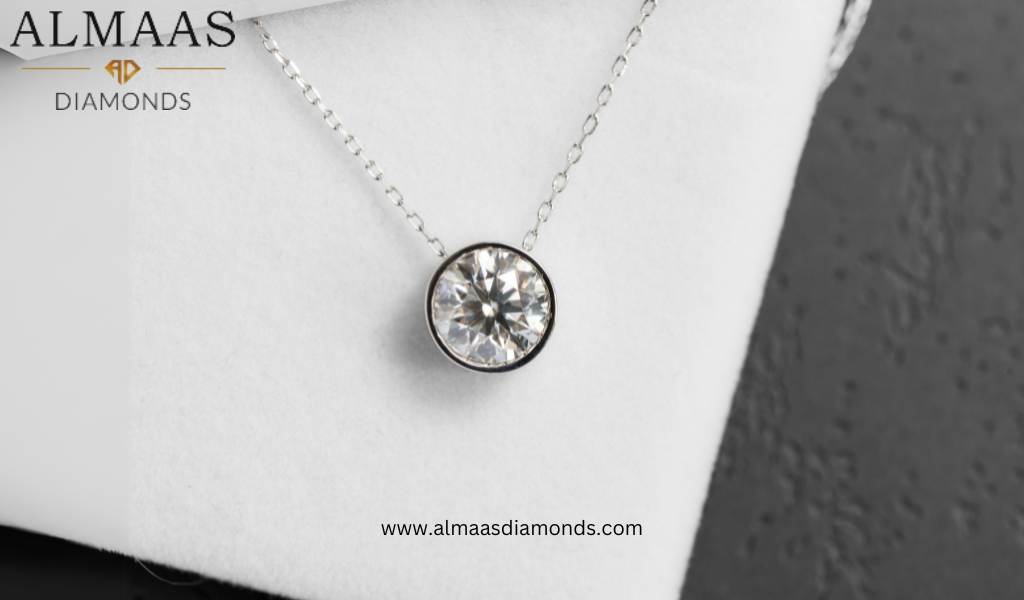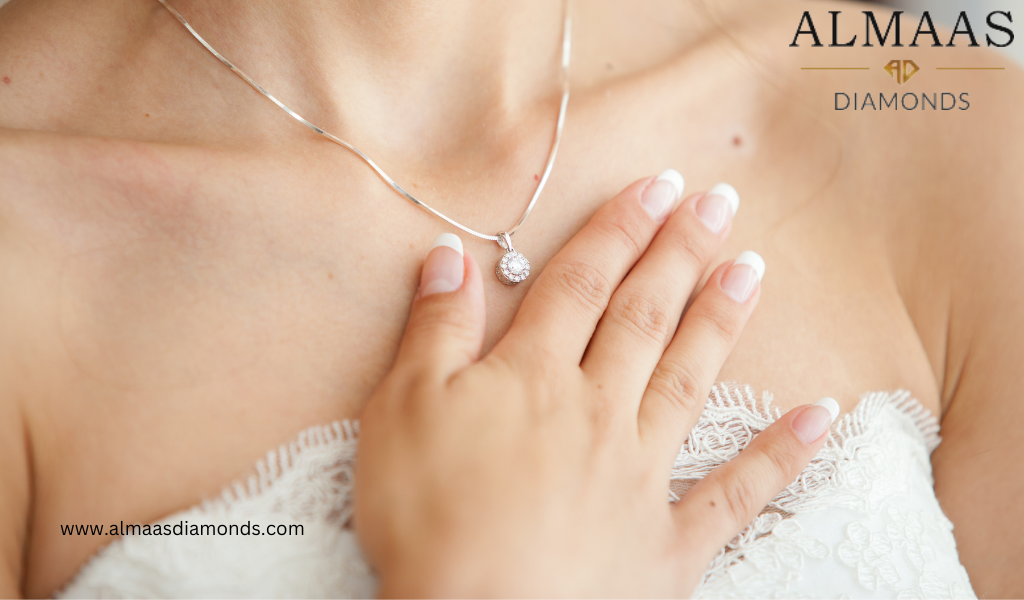In the world of jewellery, few pieces are as personal and elegant as a diamond pendant. A symbol of beauty and sophistication, a diamond pendant can add a touch of glamour to any outfit. However, the true allure of such a piece lies in its uniqueness. Rather than choosing a ready-made pendant, why not take the opportunity to design your own diamond pendant? Creating a bespoke piece not only ensures it perfectly matches your taste but also makes it a cherished heirloom for generations to come. Here’s a comprehensive guide to help you customize your own diamond pendant, allowing you to wear a piece that truly reflects your individuality.
Why Create Your Own Diamond Pendant?
The primary advantage of designing your own diamond pendant is the ability to tailor every aspect to your liking. From the choice of diamond to the setting and metal, every detail can be customized to suit your style and preferences. This level of personalization is unattainable with off-the-shelf jewellery. Additionally, a custom-designed pendant can commemorate special moments and achievements, making it a piece with profound sentimental value.
Steps to Design Your Own Diamond Pendant
1. Choose Your Diamond
The diamond is the star of your pendant, so selecting the right one is crucial. Consider the four Cs: cut, colour, clarity, and carat weight. Each of these characteristics affects the diamond’s appearance and value.
- Cut: The cut of the diamond determines how well it reflects light. Popular cuts include round, princess, emerald, and pear.
- Colour: Diamonds range from colourless to shades of yellow and brown. Colourless diamonds are the most sought after.
- Clarity: This refers to the presence of internal or external flaws, known as inclusions and blemishes. The fewer the flaws, the higher the clarity grade.
- Carat Weight: This measures the size of the diamond. Larger diamonds are rarer and generally more expensive.
2. Select the Setting
The setting of your pendant is essential as it holds the diamond in place and contributes to the overall design. Popular settings include:
The setting of your pendant is essential as it holds the diamond in place and contributes to the overall design. Popular settings include:
- Prong: This setting uses metal claws to hold the diamond, allowing maximum light exposure and brilliance.
- Bezel: The diamond is encased in a metal rim, offering a modern look and excellent protection.
- Halo: Smaller diamonds surround the central stone, enhancing its sparkle and size.
3. Choose the Metal
The metal of your pendant should complement the diamond and your personal style. Common choices include:
The metal of your pendant should complement the diamond and your personal style. Common choices include:
- Platinum: Known for its durability and hypoallergenic properties, platinum is an excellent choice for everyday wear.
- White Gold: This offers a similar look to platinum but at a lower price point.
- Yellow Gold: A classic choice that provides a warm, rich contrast to the diamond.
- Rose Gold: This trendy option has a pinkish hue, adding a touch of romance to your pendant.
4. Personalise Your Design
Once you have chosen the diamond, setting, and metal, it’s time to personalise your design. Consider adding engravings, such as initials, dates, or meaningful symbols. You can also play with additional elements like coloured gemstones to enhance the design.
5. Work with a Jeweller
Collaborate with a reputable jeweller who specialises in custom designs. They can provide expert guidance, help you visualise your design through sketches or computer-aided design (CAD) models, and ensure the final piece meets your expectations.
Once you have chosen the diamond, setting, and metal, it’s time to personalise your design. Consider adding engravings, such as initials, dates, or meaningful symbols. You can also play with additional elements like coloured gemstones to enhance the design.
5. Work with a Jeweller
Collaborate with a reputable jeweller who specialises in custom designs. They can provide expert guidance, help you visualise your design through sketches or computer-aided design (CAD) models, and ensure the final piece meets your expectations.
Tips for a Successful Customisation
- Do Your Research: Familiarise yourself with diamond characteristics and different design options. This knowledge will help you make informed decisions.
- Set a Budget: Custom designs can vary greatly in price. Establishing a budget beforehand can guide your choices and prevent overspending.
- Communicate Clearly: Provide your jeweller with detailed instructions and feedback throughout the process to ensure your vision is accurately realised.
- Be Patient: Custom jewellery takes time to create. Be prepared for a few weeks to several months of waiting, depending on the complexity of your design.
Conclusion
To Design Your Own Diamond Pendant is a rewarding endeavour that results in a unique piece of jewellery reflecting your personal style and story. Whether you choose to customize your own diamond pendant for yourself or as a gift for a loved one, the process of creating such a personal and beautiful piece is an experience to be cherished. So, embark on this creative journey and make your own diamond pendant, a timeless treasure that will dazzle for years to come.
To Design Your Own Diamond Pendant is a rewarding endeavour that results in a unique piece of jewellery reflecting your personal style and story. Whether you choose to customize your own diamond pendant for yourself or as a gift for a loved one, the process of creating such a personal and beautiful piece is an experience to be cherished. So, embark on this creative journey and make your own diamond pendant, a timeless treasure that will dazzle for years to come.


